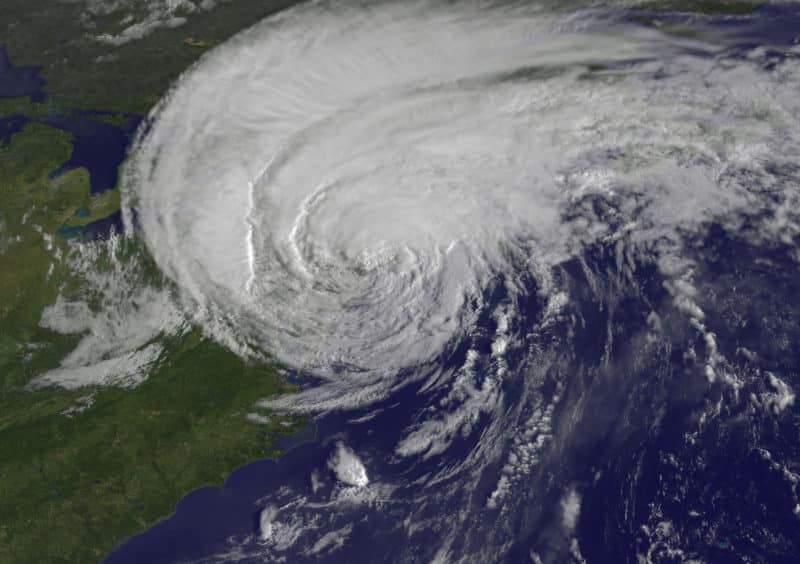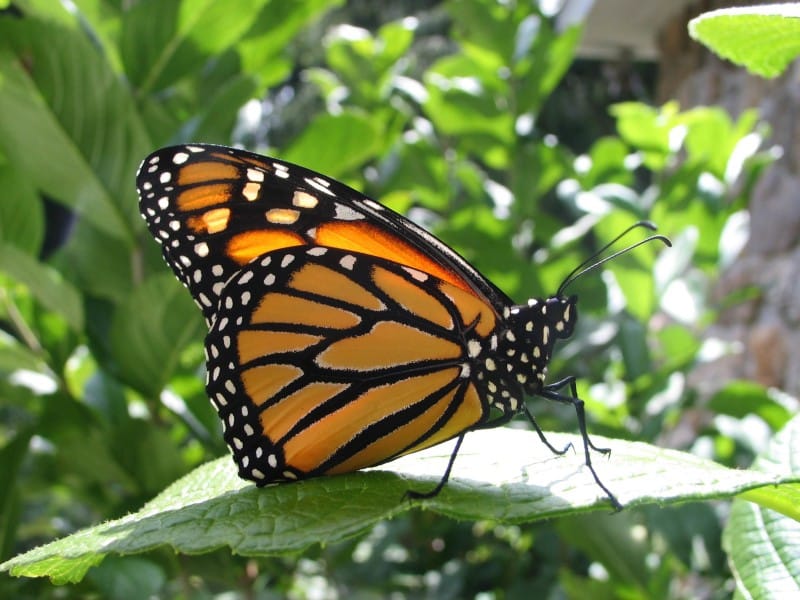One of my favorites, so I’m sharing again.
Have you ever gazed up at the clouds and saw a whale, a ship, or maybe even a unicorn? What about faces staring at you from the old knotty pine in the cabin? Or a rock that really, really looks like a beagle? Have you seen the man in the moon? Were you lucky enough to meet the Old Man in the Mountain (Cannon Mountain, NH) before his demise on May 3, 2003?
Don’t be afraid to answer “yes” because you’re not crazy! You are experiencing pareidolia, a phenomenon caused by your brain doing its job. Before you are even aware of it, your brain is interpreting what you see, reviewing millions of bits of data that is has been collecting all of your life, and seeking a recognizable pattern. Once a match is made, viola! You see a stick in the pond that you would swear was a great blue heron.
So now that we know what it is, why is pareidolia in the Naturalist’s Corner?
When I present a talk or walk on animal tracks and sign, I always include an aside on pareidolia. I do this for two reasons: A great book and personal experience. Tracking and the Art of Seeing (by Paul Rezendes) encourages the observer to take in the whole picture and truly see what you are looking at. Don’t assume you are right, look around. Don’t jump to conclusions. Question your observations and look for what you might be missing. My own personal experience is that people jump to conclusions and assume they are right.
This doesn’t only apply to tracking, but it sticks out in my mind because my cat can make a perfect deer print in the snow. My point is, when observing, take an extra moment and try to see what is really there. You might be surprised!



